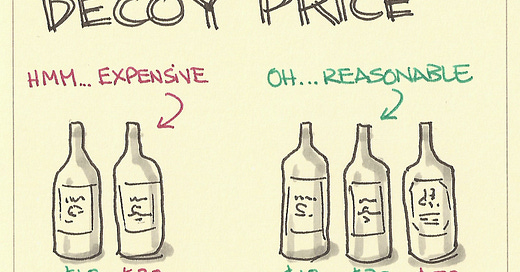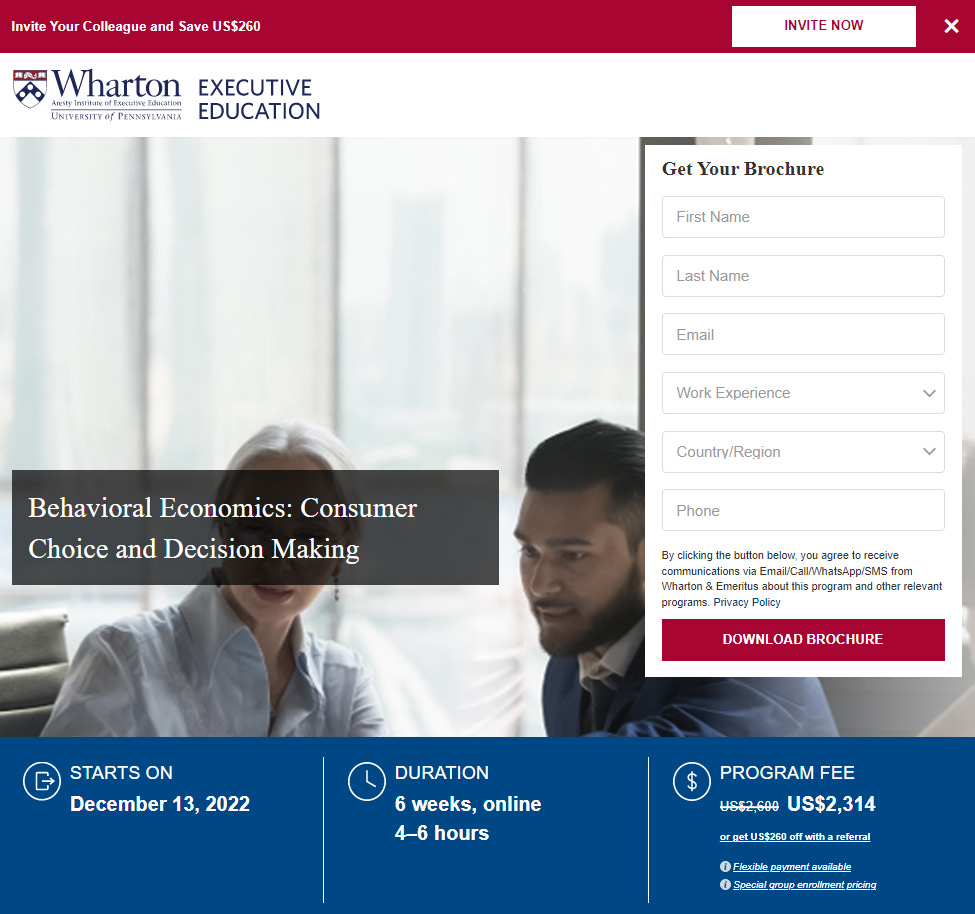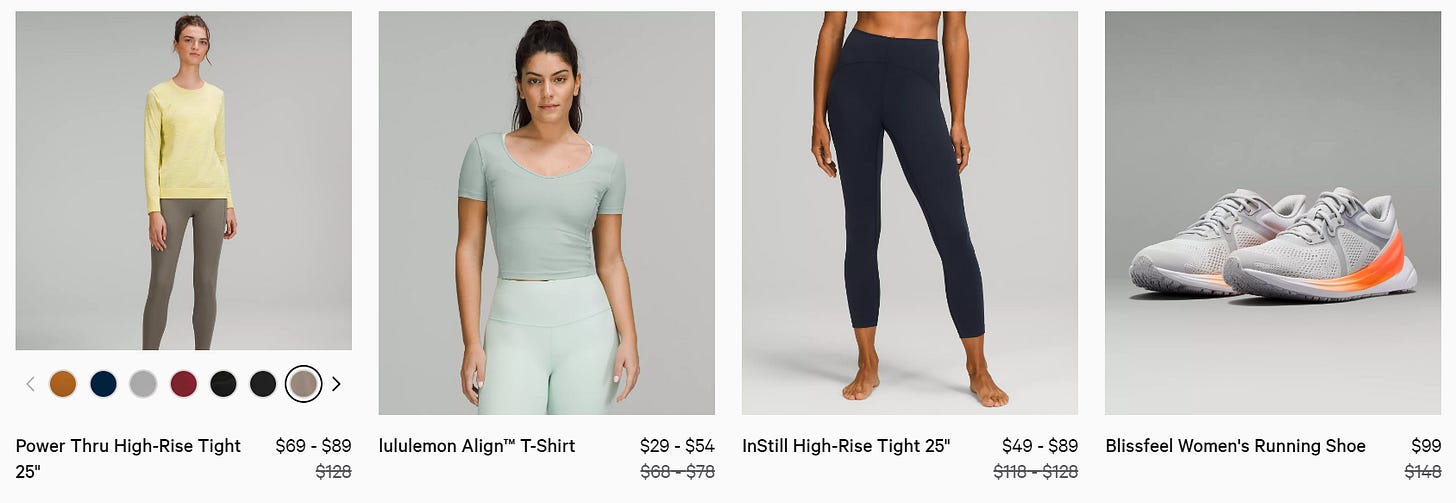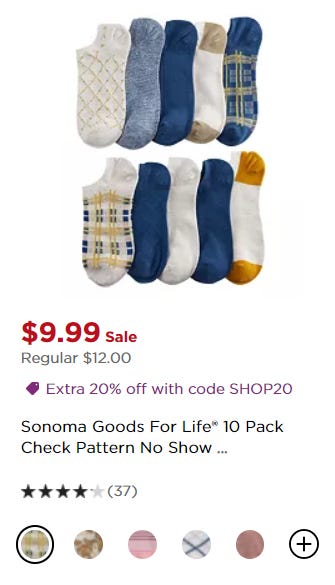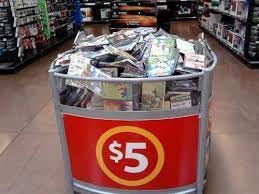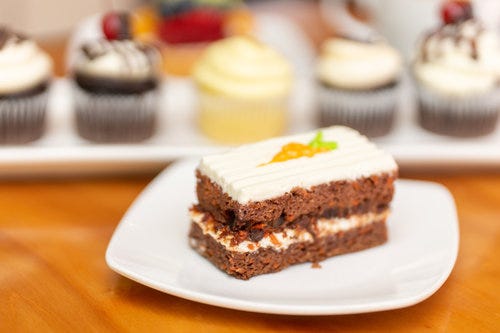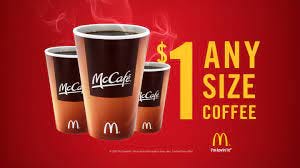Price Anchoring & How It Affects Purchase Decisions
Pricing is part of positioning.
To know how customers view prices and what those prices are anchored to in their mind will help ensure your pricing does not confuse and leads to quicker decisions.
This week’s deep dive into Customer Psychology covers price anchoring, what it means, and how it plays out across a spectrum of product types.
Subscribe for new deep dives every Thursday.
If you were to think logically about every decision we make, you’d be mentally exhausted. You’d have to consciously weigh out the pros and cons of each detail in order to find the most beneficial choice for our situation. Decision paralysis.
It would be hard to get through the cereal aisle without being stumped.
So we rely on heuristics to make decisions.
A heuristic is a two-dollar word for the mental frameworks we use to make decisions more quickly and easily. Heuristics are useful for solving problems and accessing probabilities.
However, heuristics are not necessarily good. Their primary goal is to help is make decisions quicker… not more accurately. So oftentimes they lead to judgements that are totally off base.
One such heuristic is anchoring. Which sometimes leads to a cognitive bias that greatly affects our purchasing behavior, specifically affecting how much we are willing to pay for a certain product.
Anchors are not something that you consciously think about. They are under the surface. So it is good to know what’s going on underneath so we can guard ourselves against this bias.
Here are few way that anchoring plays out:
Discount Pricing
Just-below Pricing
Thresholds
Decoy Pricing
Competitor Anchors
So first, let’s just define what exactly it is…
What is a Price Anchor?
What would you pay for a 6-week course on “Consumer Choice and Decision Making” from the Wharton School of Business?
Before you look at the picture below, take a second and think about how much you think this course costs…
Got a number?
If you did, you probably tried to find something to compare it to. A course you took before? The cost of college tuition? The value you think it would bring to your work?
Whatever you thought of would be your anchor.
Ok, now you can look…
The program fee is US$2,600 US$2,314
Is that more or less than you expected?
100 people would get 100 different answers. Everyone has their own anchor. I actually guessed closer to 4 grand because I have seen other courses around $2000, and being from Wharton, I adjusted up.
This landing page is current, and a great example, because they also use their own price anchoring to make you think your getting a deal.
US$2,600
Foreshadowing or good marketing on their part?
Anyway, if that is how our brains anchor the price we are looking at right now, let’s see how retailers use that in their pricing strategies.
Anchoring for Discounts
This next one is from Lululemon’s Black Friday sales last weekend… I use them as an examples because they are famously against discounts.
Second from the left, the Align T-shirt is worth $78, but I can get it for $54, and for the shoes on the right, I can get $50 off… Score!
I’ve been into a Lululemon store before, and those original prices look about normal. If me and the missus were shopping there this weekend, we’d be thrilled with the discount. We’d know we got a great deal.
But what if the shirt just said “On Sale for $54” and did not show “$78”?
Would I have the same feeling of getting a deal?
No, I wouldn’t. I wouldn’t be able to put a price tag on my good fortune. I want to know that I saved 24 bucks. I want to compare that to other things that I know cost $24. Like grabbing some lunch… I basically saved enough to get a free lunch.
It’s not exactly logical, but my mental gymnastics make me feel better about my decision.
And you can bet that I would drop by Lululemon next year for Black Friday.
Just-below Price 👍👎
This is a classic anchoring technique used universally. All it is is taking on 1 cent off of the target price.
Brands want you to see $9.99 because you will view it as a better deal than $10.00.
With out heuristics, the first number we see - 9 - acts as our anchor, which is less than 10. So when I see this pack of 10 pairs of socks, my brain says, well golly geez boss, that’s less than a dollar per pair!
Logically and practically, there is no difference between these prices, but it hits the psyche differently… and people act on it.
Also, notice the regular price is $12.00 and not $11.99. They are anchoring higher on the original price, making our quick mental math think 3 bucks instead of 2.
It works both ways…
Now, there are a couple of caveats to just-below pricing that need to be addressed.
Perception of Quality
Upgrade Options
Because sometimes anchoring can back-fire.
Perception of Quality
One of the leading scholars on pricing strategy, Robert Schindler at the Rutgers School of Business, conducted a meta-analysis of just-below pricing studies and found that it can back-fire on retailers:
While just-below pricing has been effective in increasing sales, Schindler has found that it can also work against retailers.
“On the other side, it can give the image that an item is of low or questionable quality,” he says. [source]
So while it effectively makes us think something is cheaper, you have to stay in your lane when you are pricing things. Luxury items will not benefit from looking cheaper.
Food is a good example of this.
Denny’s is not fine dining*, so they want to make sure you feel like you’re getting a good deal… and absolutely NO green vegetables.
*though this is subject to your level of intoxication
Luckily for us, we can enjoy fried on fried on fried with covered with fried dredge for under 17 dollars… ya know, to save more for our cholesterol meds.
This is good for their customer who are going there to get a good value.
On the other end…
Fine dining doesn’t need follow this pricing strategy to get a grand slam.
Not only do they toss in some French and Catalonian to “elevate” their tasting menus, they also forgo the .99 cents on each item.
Appearing like your food is a “good deal” goes against being pretentious. You want you farm-to-table creations to feel classy, something that isn’t available just anywhere. You came here to feel premium with your Pear-Roquefort Salad.
Upgrade Options
Schindler also found in his analysis that just-below prices can hurt sales when there are options to upgrade.
Schindler says most people won’t perceive a big difference in price between a $20 item and a $25 item. But by dropping the price of each item by one cent, “something that costs $19.99 is considered much less expensive when compared to something priced $24.99.”
Think of it like a bargain bin. If you see a large “Under $20'“ sign on the side of one of a bin, that is the price range you will purchase in.
$19.99 or $15.99, it doesn’t matter. It is within the range.
Say there was another bin next to it saying “Under $30”… it is a different range.
If you are keen on the first bin, you have to cross a mental threshold of pricing to move up to 30. you might not be willing to cross that threshold and won’t even consider it.
If you want customers to upgrade a product from $89 to $119, you will have a hard time getting people to cross that threshold of a 3-digit price.
Which leads me to my next thought…
Thresholds
Below is an actual cake from the website of my local coffee shop. We ate their cake every week for almost two years.
This coffee shop is around the corner and down the street. We used to walk there on Sundays to sit on the patio and share a piece of cake. That started in 2019. I think a piece was $3.85 at that time.
It went up to something like $4.25 during the pandemic, and then to $4.85 in 2021. I saw the increase, but didn’t care. We got coffees to go with it and generally gave a dollar tip…
What is another 40 or 60 cents, anyway?
We are in marketing, so we were well aware of the talk around supply chain issues and whatnot. So we swallowed the cost. No worries.
Let’s break it down by the numbers:
1 piece of cake per week
4 pieces per month
4 x 4.85 = $19.40 to enjoy our 2 year long Sunday ritual each month.
19.40 x 12 months = $232.80
A year of our weekly ritual was $232. Not a bad deal. We loved those afternoons.
Then in 2022, it went from $4.85 to $5.25… and we stopped eating the cake.
1 piece of cake per week
4 pieces per month
4 x 5.25 = $21.00 to continue our Sunday ritual each month
21 x 12 months = $252 to enjoy our cake date.
Is that really any different? Just 20 bucks?
Nope. It is not. But the price crossed a threshold in our minds. Over 5 dollars for a snack encroaches on meal territory. I’m starting to compare it to a sandwich. And I value sandwiches way more than cake. It crossed my sandwich barrier.
Crossing a threshold can be a barrier to conversions on your website or in your local cafe, especially for non-essential goods.
Decoy Pricing
I am on the fence about this one. On one hand, decoy pricing is a subliminal up-sell. A nudge in the direction the company wants you to do. Which is on the lines of manipulation...
On the other hand, there is something about having 3 options that helps us make a decision. Which can be good for us. It allows us to have a bit more control over our choice. Not pushed one way or the other.
You’ll see this a lot in:
B2B Services
Coffee & Fast Food
SaaS Pricing Plans
And in this Newsletter…
Yes, that’s right!
Click this button below and see it in action (right click to open in a new tab):
Now, to be clear, I don’t actually have any control over what you see there. Substack controls how pricing is shown… we just fill in the blanks on the back end. I would do it differently if I could… but alas.
As you see, you have 3 options:
Yearly Subscription ✔
Monthly Subscription
Free Subscription
Substack already has you checked on the most expensive one… the yearly option.
Then you’ll see that the Free option has all the goodies crossed out.
Your only option is to choose the subscription option YOU decided on… the monthly one.
The yearly pricing for subscriptions is typically 10x the monthly price, so by anchoring you to that number, Substack hopes that you feel like you get a good deal at a fraction of the cost.
Boom… you’ve just been decoyed.
In case you didn’t click that link, here’s another visual from Sketchplanations:
So let’s assume that you polish off the whole $30 bottle tonight.
If you had that sweet decoy on the right, you’ll feel like you got a good, solid hangover for a good, solid price…
But without it… you might feel a bit depleted both financially and physically.
Decoy pricing is something you want to be aware of as a consumer. But if you are a business owner… keep in mind that customers are wisening up to this type of thing. It is an easy way to lose a trust right off the bat if you misuse it.
Competitor Anchor
Customer don’t always anchor the numbers in front of them. Sometimes you are anchored to your competitors.
I like going to coffee shops.
They are good for relaxed work or reading or meeting friends. I even remember when coffee shops started to became a thing in my hometown. It was way back when it was like 35 cents per minute to access “the internet.”
But when I want a cup of coffee and not sit in a cafe… I drive thru McDonald’s
This is my favorite instance of price anchoring because it breaks the other rules for anchoring:
$0.99 seems cheaper than $1.00
McDs wants to seem like a good deal, which the ‘.99’ does well for according to Schindler.
But they go with the $1… and McD’s probably has a team of price strategists in HQ.
So why $1?
Well, because $3.25 is my price anchor for a large cup ‘o’ joe.
Starbucks are everywhere. They are not the best, but they are consistent. I can drop in one to write an article. Or get a coffee and a sausage egg muffin for breakfast. Or I can pull off the highway almost anywhere in the country on a road trip to caffeinate.
Wherever I go, I can have a slightly-burnt tasting coffee for $3.25.
So when I see McD’s $1 coffee sign, it reminds me that they are the better deal if I am not planning on sitting inside.
Starbucks coffee isn’t better anyway… at least for regular coffee. No idea about the monstrosiccinos.
Pricing is part of positioning…
There is a lot going on underneath the surface in the customers decision-making process. Customer like to bucket things in their mind so they can easily recall information later.
They will do that to your brand or product as well.
The price you set positions you to be placed in their mind buckets.
Cheap vs. Expensive
Quality vs. Discount
High-end vs. Low-end
For me vs. Not for me
Customers do this surprisingly fast. And price is the 2nd thing they will see after looking at the product (in store) or product photo (ecommerce).
How you position yourself with pricing determines which bucket you fall into… which determines if you will continue to be considered.
Being consistent in pricing is also a good way for a business to not confuse people and build trust, and understanding how people perceive and are influenced by price anchors will help you keep things consistent across the board and over time.
Comment below to continue the conversation!
- Jason


